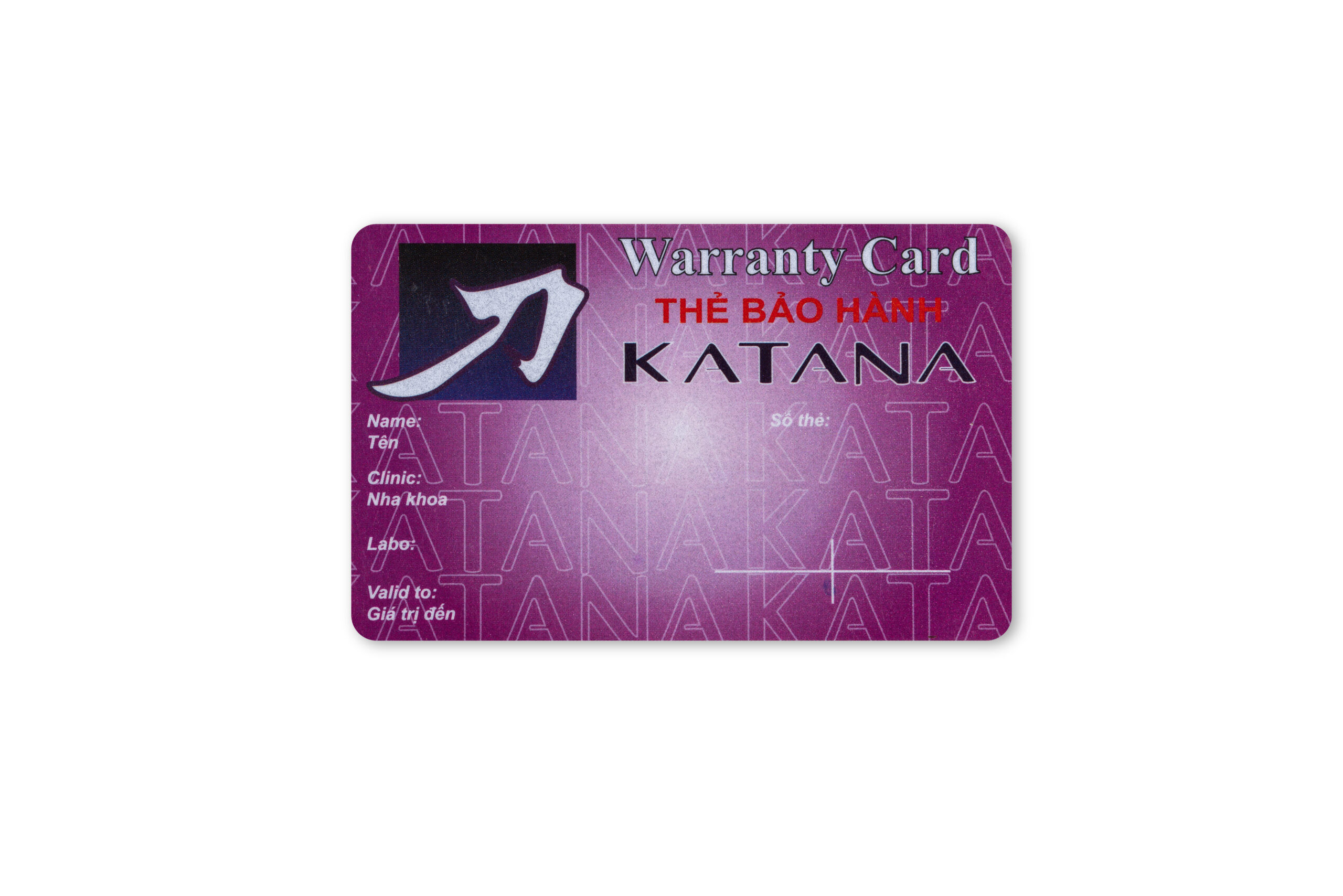
What communication protocols does the SRI512 card support?
The SRI512 card is a versatile memory card that meets the needs of many applications requiring secure data storage and efficient communication. The communication protocols supported by the SRI512 card are critical to maximizing its capabilities and ensuring seamless integration with the system. This blog post provides a comprehensive overview of the communication protocols supported by the SRI512 card and explains how each protocol works and its advantages. When you read this article, you will be able to understand the communication protocols supported by the SRI512 card.
What is the SRI512 card?
The SRI512 card is a contactless memory powered by externally transmitted radio waves. It contains a 512-bit user EEPROM manufactured using STMicroelectronics CMOS technology. The memory is organized as 16 32-bit blocks and is accessed via a 13.56 MHz carrier. It is designed for applications that require reliable and secure data storage, such as access control, electronic payment systems, and authentication. It supports advanced features, including password protection, anti-collision mechanisms, and flexible communication protocols.
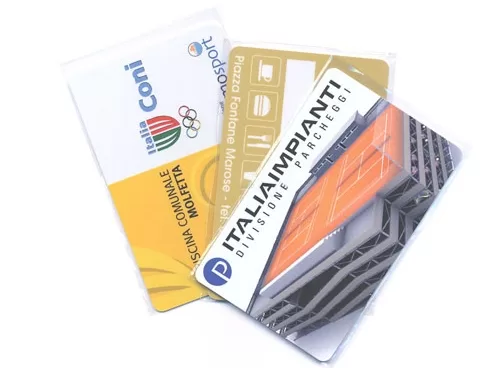
One of the outstanding features of the SRI512 card is the support for multiple communication protocols, which enhances its versatility and compatibility with a wide range of devices and systems. These protocols also facilitate efficient data transfer, ensuring quick and secure reading and writing of information to the card.
ISO/IEC 14443 Type B Communication Protocol Supported by SRI512 Card
The ISO/IEC 14443 Type B protocol is one of the main communication protocols supported by the SRI512 card. Contactless smart card applications such as e-passports, contactless payment systems, and public transportation cards widely use this protocol. The ISO/IEC 14443 Type B protocol enables the SRI512 card to communicate with compatible card readers at short distances, typically up to 10 cm. The protocol operates at a frequency of 13.56 MHz and supports data rates of up to 848 kbps. One advantage of the ISO/IEC 14443 Type B protocol is its strong anti-collision mechanism, allowing readers to read multiple cards without data corruption simultaneously. This feature is particularly useful in multiple-card environments, especially in public transportation systems or large access control facilities.
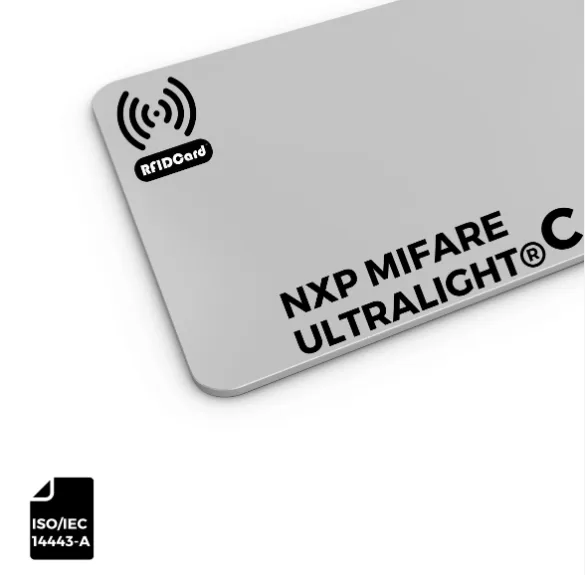
NFC Forum Type 2 Communication Protocol
Another communication protocol supported by the SRI512 card is the NFC Forum Type 2 protocol. Recently, many industries have widely adopted NFC technology, especially in mobile payment and ticketing applications. The NFC Forum Type 2 protocol enables the SRI512 card to interact with NFC-enabled devices, thereby facilitating the implementation of various innovative applications.
It operates at the same frequency as the ISO/IEC 14443 standard (13.56 MHz) and supports similar data rates, ensuring efficient data transfer. One of the significant advantages of NFC technology is its ease of use, as it allows devices to establish a connection simply by bringing them close together. This feature makes them ideal for simple, user-friendly applications.
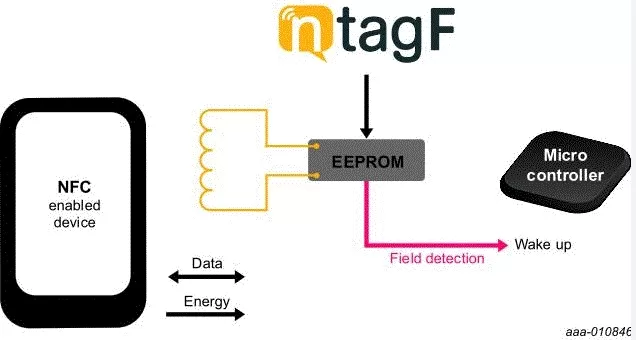
SPI Communication Protocol
Embedded systems commonly use SPI, a high-speed serial communication protocol, for short-distance communication. Their simplicity, efficiency, and high data transfer rates make them ideal for fast and reliable data exchange applications. The SRI512 card’s support for the SPI protocol enables it to communicate with microcontrollers and other digital devices using a simple four-wire interface (MISO, MOSI, SCK, and SS). This protocol offers several advantages, including full-duplex communication and high data transfer rates, which can significantly improve system performance. In addition, the SPI protocol’s simplicity and ease of implementation allow developers to integrate the SRI512 card into a wide variety of applications.
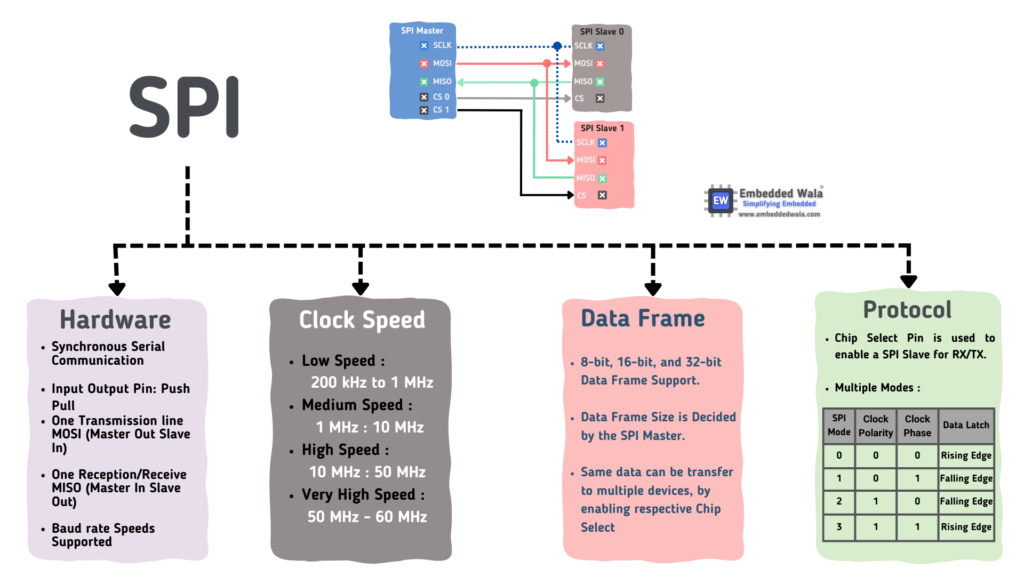
UART Communication Protocol
UART is also a serial communication protocol that enables asynchronous data exchange between devices. They operate over two wires (TX and RX), simplifying wiring and reducing the complexity of system design. In addition, the asynchronous nature of the UART protocol means that it does not require a shared clock signal, providing greater flexibility in system design. By supporting the UART communication protocol, the SRI512 card enhances its versatility and application potential, making it an ideal choice for various data transmission needs.
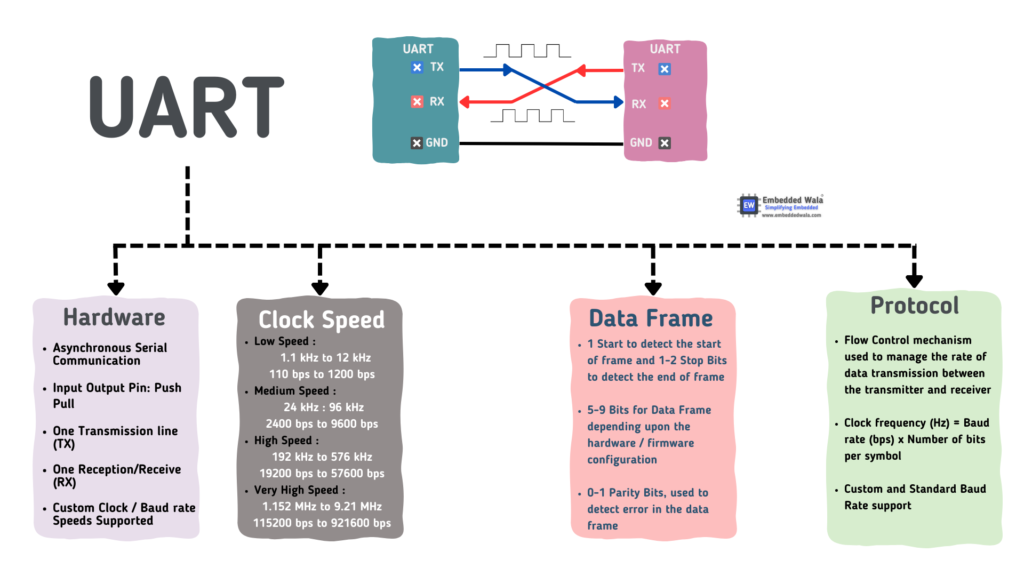
Meet a variety of different communication protocols
The communication protocols supported by the SRI512 card include ISO/IEC 14443 Type B, NFC Forum Type 2, SPI, and UART. These protocols enhance the compatibility and functionality of the card. By understanding the functions and advantages of each communication protocol, users can effectively use the SRI512 card to meet their specific needs. Whether you use it for hotel access control, electronic payment, or identity verification, it meets your needs.


